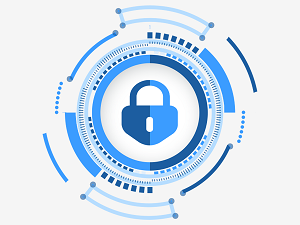OWASP (Open Web Application Security Project) is a non-profit organization that focuses on improving the security of software applications. OWASP provides free and open resources, tools, and best practices for developers, security professionals, and organizations to improve the security of web applications and services.
OWASP Top 10 is a list of the most common web application security risks. The list is updated every few years to reflect changes in the threat landscape. The current OWASP Top 10 list (as of 2021) includes:
- Injection: Injection flaws, such as SQL injection, allow attackers to execute malicious code on the server-side.
- Broken authentication and session management: This includes vulnerabilities that allow attackers to bypass authentication mechanisms or hijack user sessions.
- Cross-site scripting (XSS): This occurs when an attacker injects malicious scripts into a web application, which then execute in the user’s browser.
- Broken access control: This includes vulnerabilities that allow attackers to gain unauthorized access to resources or data.
- Security misconfiguration: This includes vulnerabilities that arise from misconfigured or poorly secured systems, such as unsecured databases or web servers.
- Insecure communication: This includes vulnerabilities that arise from the use of insecure protocols or encryption schemes, such as unencrypted HTTP or weak encryption algorithms.
- Poorly implemented cryptography: This includes vulnerabilities that arise from weak or improperly implemented cryptography, such as weak password hashing algorithms.
- Insecure software design: This includes vulnerabilities that arise from poor software design practices, such as the failure to validate input or implement proper error handling.
- Insufficient logging and monitoring: This includes vulnerabilities that arise from the failure to properly log and monitor security events, making it difficult to detect and respond to security incidents.
- Server-side request forgery (SSRF): This occurs when an attacker can send requests from the server-side of an application, potentially accessing internal resources.
OWASP provides valuable resources and tools for developers and security professionals to improve the security of web applications and services, and the OWASP Top 10 list serves as a useful guide for identifying and addressing common web application security risks.
